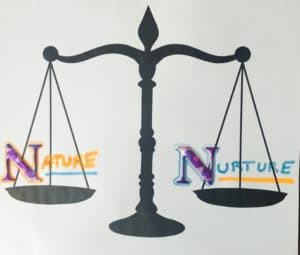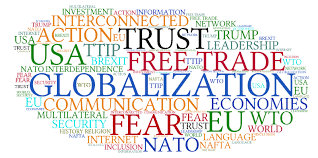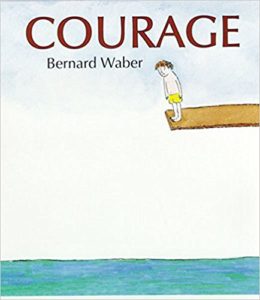Champions: Nature or Nurture?
Yesterday was a good day. Serena Williams won her 7th Wimbledon singles title. It was also her 22nd Majors title tying her with Steffi Graf for most wins in the “Open Era” (translation: since 1968) of tennis. A few hours later, Serena teamed up with her sister Venus to win their 6th Wimbledon’s women’s doubles title.
Nature or Nurture?
Two sisters. Both great at tennis. So what are the ingredients of this success? Is it nature or is it nurture? Do the sisters have cream-of-the-crop genes? Or has their life experience shaped their greatness?
Certainly the girls started young. The story I’ve heard is that their dad was TV-channel-flipping one night and happened upon the winner’s ceremony of a tennis match. When he saw the amount of money awarded to the winner for four day’s work he decided upon careers in tennis for his children. He poured over instructive books and videos on tennis and began to train Venus and Serena almost as soon as they could walk. Flash forward 35 years and his girls are the best of the best.
So did Mr. Williams have some sort of crystal ball about his daughters’ talent? Or did he, himself, have an incredible coaching talent? Or did a bunch of factors come together in just the right way? Nature or nurture?
The Answer Is…
I don’t have a pizzazzy answer but it is a satisfying one, I think. Just last year the results of a study conducted over a five year period in countries around the world concluded…it’s both. Nature AND nurture. And, guess what? It’s pretty much a tie in terms of what impacts us most.
The study itself is pretty interesting. It compiled 2,748 studies of identical twins and looked at more than 17,000 traits. Some physical traits were more the result of genetics – such as having a cleft lip (98% heritable). Bipolar disorder was found to be 70% genetics.. But on average, 49% is genetics, 51% is environment.
Nurture: The Williams Way
Back to the Williams sisters. Genetics blessed them with strong, agile bodies. Their environment did the rest. Here are some things I’ve read about them:
- Daily two-hour practices for the pre-schoolers instilled discipline
- Training on tennis courts in impoverished, gang-ridden Compton, under a hail of insults from passersby taught them to be tough in the face of criticism
- Protection from local gang members who surrounded the courts to fend off those that might hurt the girls taught them community pride and loyalty
- The Williams family lived by the old adage “blood is thicker than water” providing family support through good times and bad
Nurture: Your Way
Many of us pour our hopes into our children the same way Richard Williams did. This doesn’t mean they will all be champions (or make lots of money!). But as confirmed by the recent study, the environment we provide has tremendous impact on our children: who they are and what they become. A lot of it is up to us — to provide love, discipline, encouragement, grit, creativity, intellectual thinking, and all the other things we value and hope for in our children. We parents and caretakers have both a powerful responsibility and a great opportunity. That is good news indeed.
Share your stories of nature vs. nurture

 We are not even halfway through 2017 and there have been so many big issues front and center that it makes my head swim. Big issues around gun violence, climate change, immigration, computer hacking, to name a few. The latest is another terrorist attack. My daughter telephoned me the other day expressing grave concern that this is all going to end with a nuclear war. What do we tell our teenagers and young adult children?
We are not even halfway through 2017 and there have been so many big issues front and center that it makes my head swim. Big issues around gun violence, climate change, immigration, computer hacking, to name a few. The latest is another terrorist attack. My daughter telephoned me the other day expressing grave concern that this is all going to end with a nuclear war. What do we tell our teenagers and young adult children?




 It’s a quiet Sunday afternoon and I’ve been catching up with my twenty-something daughters about their weekend exploits. This weekend the color green features heavily in the conversations – not the least of which is the dye that has turned our Chicago River a bright, almost fluorescent green. In addition, the beer is flowing freely and shamrocks are everywhere. Yes, they have been celebrating St. Patrick’s Day.
It’s a quiet Sunday afternoon and I’ve been catching up with my twenty-something daughters about their weekend exploits. This weekend the color green features heavily in the conversations – not the least of which is the dye that has turned our Chicago River a bright, almost fluorescent green. In addition, the beer is flowing freely and shamrocks are everywhere. Yes, they have been celebrating St. Patrick’s Day.
